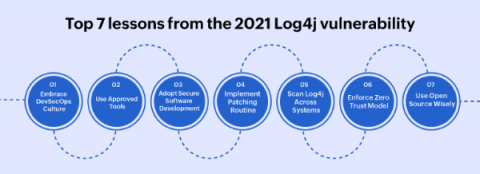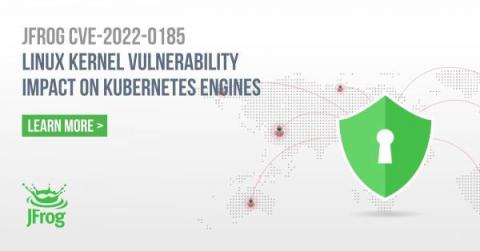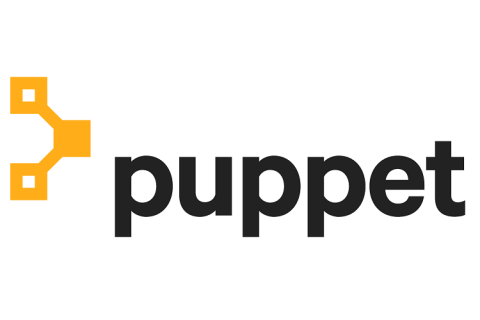Log4j vulnerability highlights the value of a combined security and observability approach
When we launched AppDynamics with Cisco Secure Application in early 2021, it was the industry’s first integrated application performance management (APM) and runtime application security offering. We made a bold bet that consolidated monitoring would become increasingly important and provide significant benefits such as improved security capabilities and reduced costs. It was the right bet.











